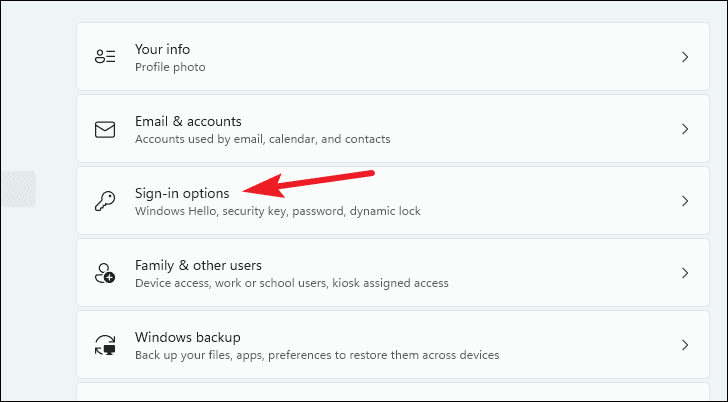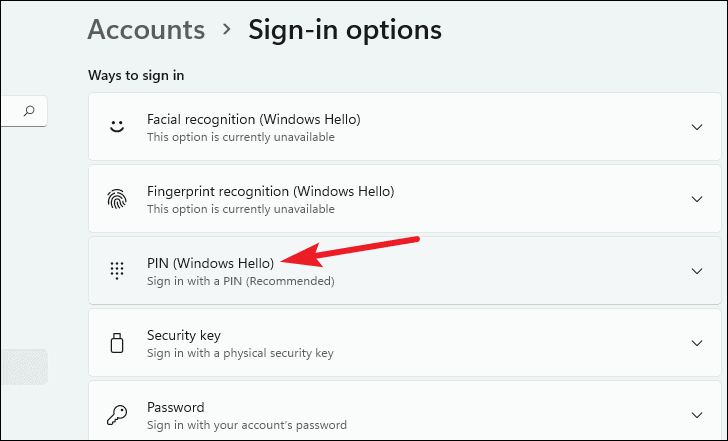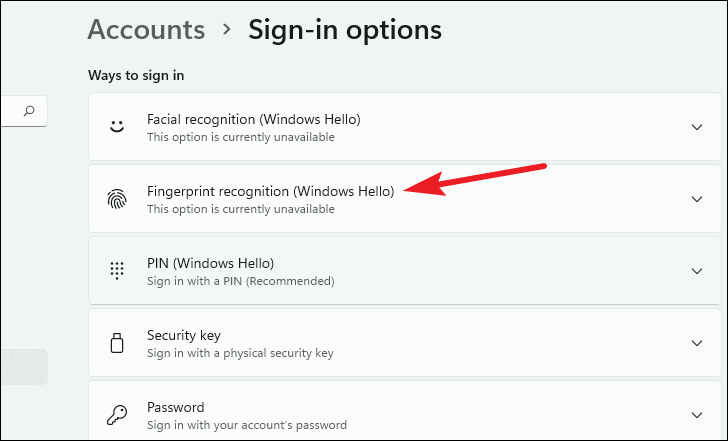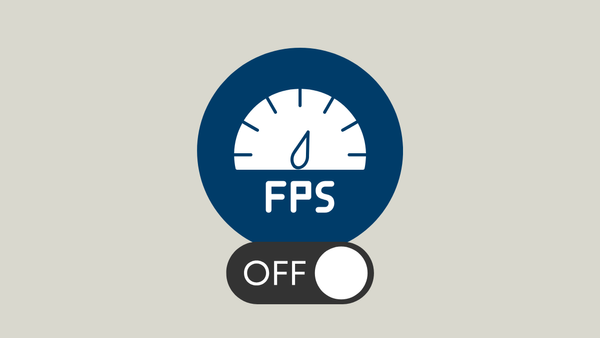Securing your PC is more important than ever nowadays. While traditional passwords have been the standard method for protecting devices, they often pose security risks and can be inconvenient. Windows Hello offers a more secure and user-friendly alternative, allowing you to sign into your Windows 11 PC using biometric authentication or a PIN.
Why you should use Windows Hello
Passwords, though widely used, are increasingly vulnerable to security threats. Many individuals rely on simple, easily guessable passwords like 123456, password, or qwerty. Even complex passwords can be compromised if reused across multiple sites or written down. A single data breach can expose numerous accounts, leading to significant security risks.
Due to these vulnerabilities, the tech industry is moving towards more secure authentication methods. Multi-factor authentication has gained popularity, and biometric technologies are emerging as a promising solution. Biometrics, such as facial recognition and fingerprint scanning, provide a higher level of security because they are unique to each user and difficult to replicate.
What is Windows Hello and how does it work
Windows Hello is a biometric authentication system that enables you to sign into your Windows 11 PC and compatible applications using facial recognition or fingerprint scanning. It eliminates the need to type a password, allowing you to unlock your device quickly and securely with just a glance or a touch.
Similar to Apple's Face ID and Touch ID, Windows Hello focuses on enhancing both security and convenience. While you can still use a PIN as a backup method, biometric authentication offers additional protection since biometric data is unique and harder to compromise. Using a PIN is also generally more secure than a password, as it is typically associated with a single device or account.
Windows Hello utilizes advanced technologies like 3D structured light and infrared imaging to accurately recognize your face. It incorporates anti-spoofing measures to prevent unauthorized access using photos or masks. Your biometric data is stored locally on your device in an encrypted format, ensuring it is not transmitted to external servers where it could be vulnerable to hacking.
The system also employs liveness detection to confirm that a real, live person is attempting to unlock the device. This further enhances security by preventing attempts to bypass the system with artificial representations.
You have the option to add multiple fingerprints or improve facial recognition over time for increased accuracy. To use Windows Hello's facial or fingerprint recognition features, your device must have compatible hardware. This includes an illuminated infrared camera for facial recognition or a fingerprint reader that supports the Windows Biometric Framework. These components may be integrated into your device or connected externally if supported by Windows Hello.
How to set up Windows Hello
To configure Windows Hello on your Windows 11 PC, follow these steps:
- Open the Settings app by pressing
Windows+ior by selecting it from the Start menu or searching for it. - In the Settings window, select Accounts from the left-hand sidebar.

- Click on Sign-in options in the right pane.

- Before setting up facial recognition or fingerprint authentication, you need to create a PIN. Under PIN (Windows Hello), click the Add button.

- Follow the on-screen instructions to verify your account and set up a PIN.
- To set up fingerprint recognition, select Fingerprint recognition (Windows Hello) and click Set up.

- To configure facial recognition, choose Facial recognition (Windows Hello) and click Set up.

By setting up Windows Hello, you enhance the security of your device while enjoying a faster, more convenient sign-in experience.










Member discussion